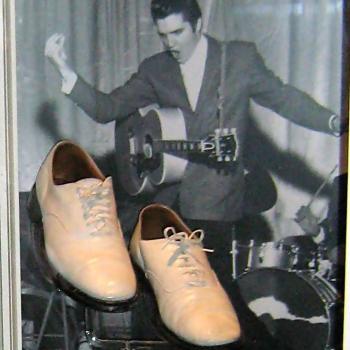Kafka has this great line, “A belief is like a guillotine: just as heavy, just as light.” I could easily have titled a post about Ann Patchett’s memoir of her friendship with poet and memoirist Lucy Grealy, “A Friend Is Like a Guillotine….” Lucy was light, literally–she had jaw cancer as a child, and the chemotherapy, radiation and endless surgeries she endured left her unable to chew and barely able to swallow, so she weighed very little. Ann carries her many times throughout this book. At their first real meeting Lucy leaps up into her arms and wraps her legs around Ann’s waist.
And Ann’s delighted. It’s honestly refreshing, and kind of shocking, to read about someone responding to such transparent, childlike need with gratitude and joy rather than resentment. Ann loves to carry Lucy. She doesn’t always love when Lucy sits on her lap at parties and demands to be told that Ann loves her best, but she basically does love the way their friendship is shaped for a long time. Lucy isn’t a burden to her. Caring for Lucy–cooking, cleaning, sorting through her financial chaos, flying to her aid–speaks to something deep within Ann herself, fills her own hungers. Ann’s needs, the ways in which she needs love, are less obvious and brutal than Lucy’s. They’re also satiable: In loving and being loved by Lucy, it seems, they basically were satiated; whereas Lucy was always hungry, insisting that she was alone in a crowd of people who loved her.
The subtitle of Truth and Beauty is “A Friendship,” and it really is a portrait of the friendship between these two women without ever becoming a full portrait of either woman herself. It’s neither an autobiography of Ann nor a biography of Lucy, but a biography of their relationship. That’s fascinating as a formal experiment–can you depict only the vase between the two faces?–but it did leave me a little frustrated, feeling like my image of both women was kind of shallow.
What do they do and think when they’re not relating to one another? Their family relationships and other friendships are bizarrely sketchy. And as their friendship begins to break down toward the end of Lucy’s life, the book begins to seem like a net with holes in it: They’re no longer woven tightly into one another’s lives, and so the part of their lives they live together–which is what the book is about–encompasses less and less of who they are.
It’s a moving book. There’s a lot of hideously painful material about Lucy’s life, the effects of her facial disfigurement: the cruelty visited on her by other people; the endless hauling up of her hopes for another, final surgery; the steady decline of her body as each surgery depletes her. But there’s also the strange, poignant mystery of Ann’s contentment as her friend. Even when their relationship was at its best I think a lot of people would label Ann a doormat or a codependent. But in Truth and Beauty she quietly asserts her right to love and be loved this way, the way which fulfilled her, the way which she clearly wishes she could have gone on loving Lucy forever.
I’m pretty sure I read the book because of Rachel Manija Brown’s review, which you can read here.











